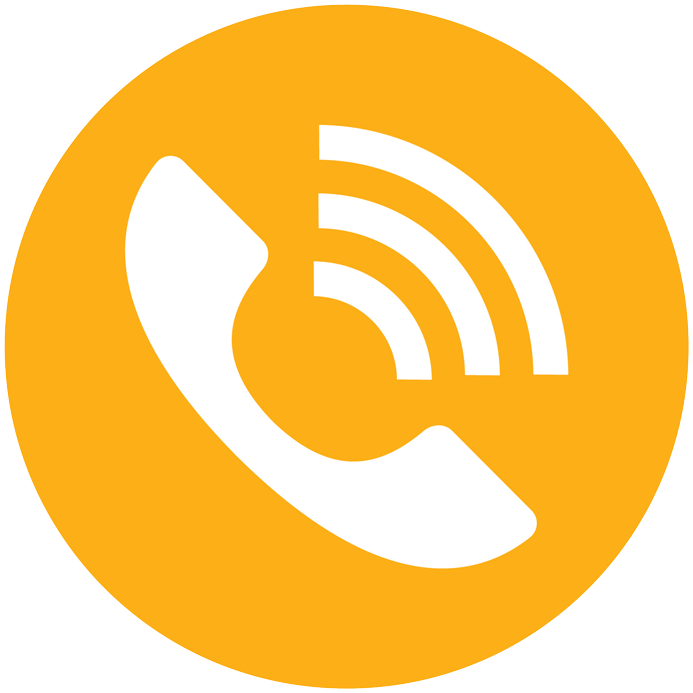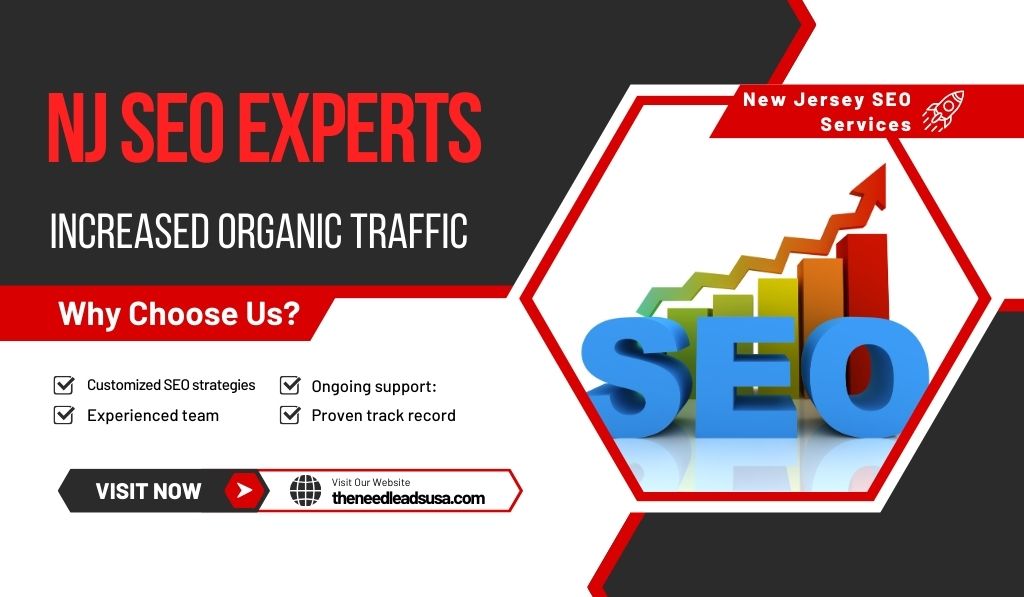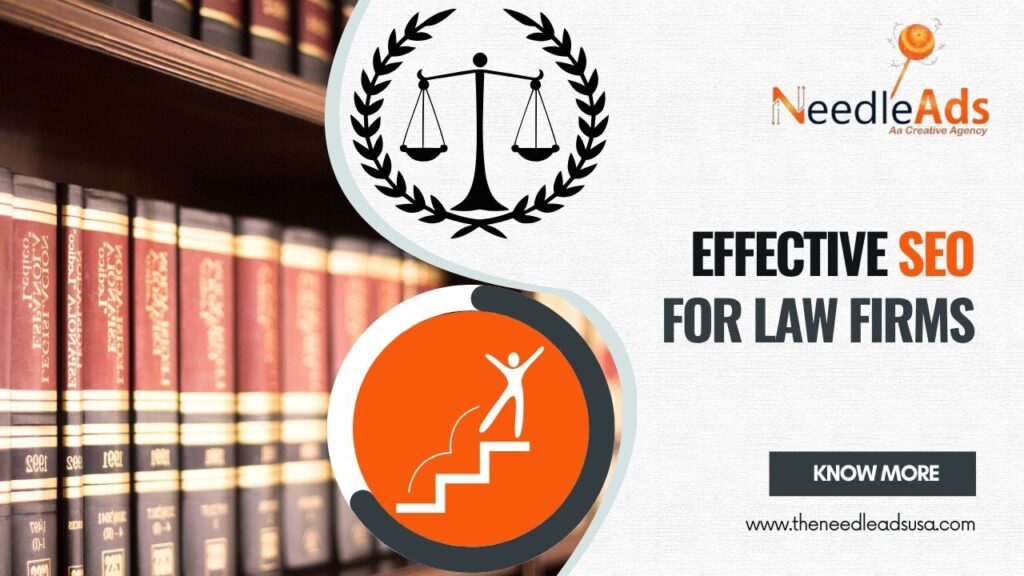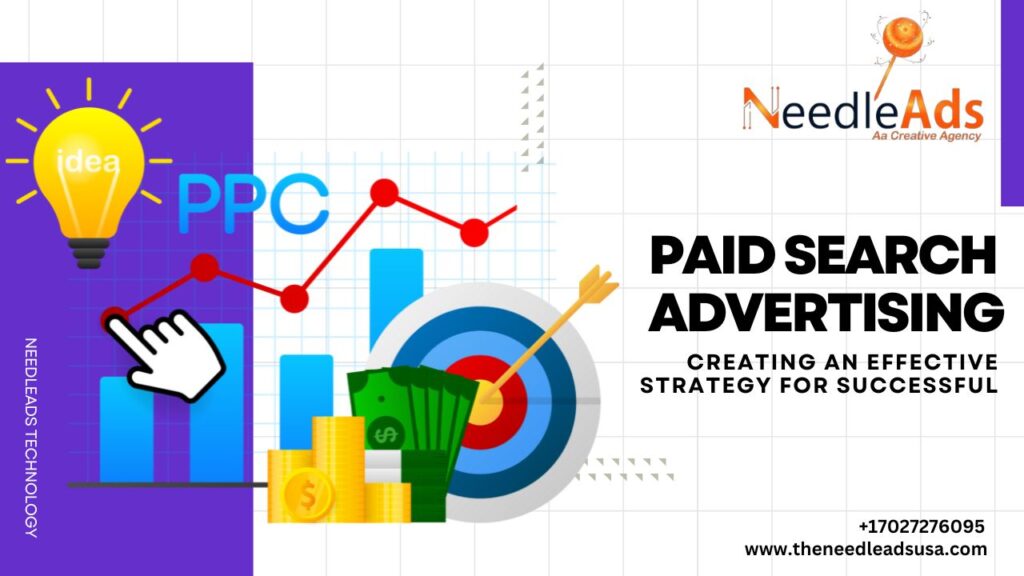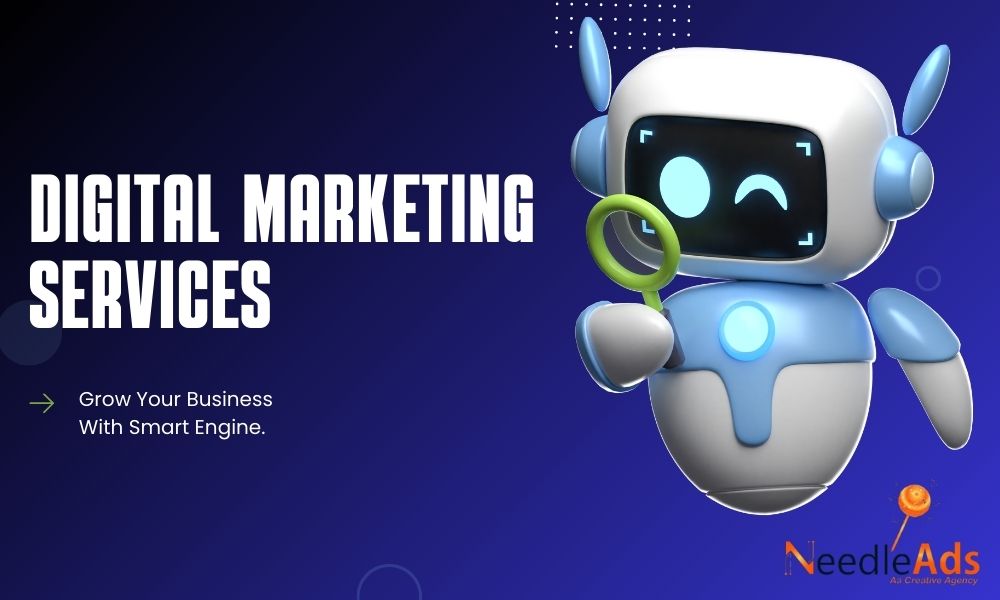Pay-per-click (PPC) advertising is one of the most effective ways to drive targeted traffic to your website and increase conversions. However, managing a successful PPC campaign requires more than just setting up ads and letting them run. To truly maximize your return on investment (ROI), you need to implement smart strategies that fine-tune your campaigns and make the most of every click. Here are the top 10 tips to boost your PPC performance, incorporating essential concepts like marketing funnel strategies, cost per click (CPC), return on ad spend (ROAS), and more.
1. Understand Your Marketing Funnel Strategies
One of the first steps to improving your PPC performance is understanding where your audience is in the marketing funnel. The marketing funnel is a model that represents the stages a customer goes through before making a purchase, from awareness to consideration to conversion.
- Top of the Funnel (Awareness): At this stage, your audience is just learning about your brand or product. Focus on creating broad, informative ads that introduce your offerings without pushing for an immediate sale. Content like blog posts, infographics, and videos work well here.
- Middle of the Funnel (Consideration): Here, your audience is evaluating their options. Your PPC strategy should highlight the benefits of your products or services, offering free trials, demos, or detailed guides.
- Bottom of the Funnel (Conversion): At this final stage, your audience is ready to make a purchase. Use highly targeted ads that emphasize calls to action, discounts, or limited-time offers to push conversions.
Tailoring your PPC ads to match the different stages of the marketing funnel ensures that your messaging resonates with your audience, improving click-through rates (CTR) and conversions.
2. Optimize Your Cost Per Click (CPC)
Cost per click (CPC) is a key metric in PPC advertising, representing the amount you pay each time someone clicks on your ad. Lowering your CPC without sacrificing ad quality can greatly enhance your campaign’s profitability.
- Use Long-Tail Keywords: Long-tail keywords are more specific and less competitive than broad keywords, leading to lower CPCs. For example, instead of targeting “shoes,” consider targeting “women’s running shoes size 8.”
- Refine Your Audience Targeting: Narrow down your audience based on demographics, interests, and behaviors. The more specific your targeting, the less you’ll pay per click.
- Improve Your Quality Score: Google uses a Quality Score to determine your CPC. Higher Quality Scores lead to lower CPCs. You can improve your Quality Score by creating relevant ad copy, optimizing landing pages, and ensuring a seamless user experience.
3. Maximize Return on Ad Spend (ROAS)
Return on ad spend (ROAS) measures the revenue generated for every dollar spent on advertising. To boost your PPC performance, focus on maximizing your ROAS.
- Set Clear Goals: Define what a successful ROAS looks like for your business. Whether it’s a specific dollar amount or a percentage increase, having a clear target helps you measure the effectiveness of your PPC campaigns.
- Track Conversions: Use conversion tracking to monitor which ads, keywords, and campaigns are driving the most revenue. This data will help you allocate your budget more effectively.
- Adjust Bids Based on Performance: Increase bids for high-performing keywords and decrease bids for underperforming ones. Automated bidding strategies can also be used to adjust bids in real-time based on performance.
4. Leverage Google Analytics 4 (GA4)
Google Analytics 4 (GA4) is the latest version of Google’s analytics platform, offering advanced tracking capabilities that can enhance your PPC performance.
- Use Event Tracking: GA4 allows you to track user interactions as events, giving you deeper insights into how users engage with your site after clicking on your ads. Track events like video plays, downloads, and form submissions to better understand user behavior.
- Analyze User Journeys: GA4’s enhanced reporting features provide a more complete picture of the user journey, from the initial click to conversion. Use this data to identify drop-off points and optimize your PPC campaigns accordingly.
- Integrate with Google Ads: GA4 integrates seamlessly with Google Ads, allowing you to view cross-platform data in one place. Use this integration to track the effectiveness of your PPC campaigns and make data-driven decisions.
5. Implement Automated Bidding Strategies
Automated bidding strategies use machine learning to optimize your bids in real-time, helping you achieve your PPC goals more efficiently.
- Target CPA (Cost Per Acquisition): Set a target CPA, and Google’s algorithms will automatically adjust your bids to get as many conversions as possible at or below your target.
- Target ROAS: If your goal is to maximize revenue, use target ROAS bidding. This strategy adjusts bids to achieve the highest possible return on ad spend based on your specified target.
- Maximize Clicks: For campaigns focused on driving traffic, the “Maximize Clicks” strategy automatically sets your bids to get the most clicks within your budget.
- Enhanced CPC (ECPC): ECPC adjusts your manual bids in real-time, increasing them for clicks that are more likely to lead to a conversion and decreasing them for less promising clicks.
Automated bidding strategies can save you time and improve your campaign’s performance by leveraging the power of AI to optimize bids.
6. Improve PPC Campaign Management
Effective PPC campaign management is essential for maintaining and enhancing your ad performance over time.
- Regularly Review and Optimize Ads: PPC campaigns are not “set it and forget it.” Regularly review your ad performance, test different ad copy, and optimize based on what works best.
- Utilize A/B Testing: Test different versions of your ads, landing pages, and calls to action to see which performs better. Even small changes can lead to significant improvements in CTR and conversion rates.
- Keep Up with Industry Trends: The digital marketing landscape is constantly evolving. Stay informed about the latest PPC trends and updates, such as changes to Google’s algorithms or new ad formats, to keep your campaigns competitive.
7. Understand PPC vs. SEO
Understanding the differences between PPC and search engine optimization (SEO) is crucial for developing a comprehensive digital marketing strategy.
- PPC Offers Immediate Results: PPC ads appear at the top of search engine results pages (SERPs) as soon as your campaign goes live, driving immediate traffic.
- SEO is a Long-Term Strategy: SEO focuses on optimizing your website to rank organically on SERPs. While it takes longer to see results, SEO can provide sustained, cost-effective traffic over time.
- Use Both Strategies Together: PPC and SEO complement each other. Use PPC to drive quick results while your SEO efforts build long-term visibility. Additionally, insights from PPC campaigns can inform your SEO strategy by highlighting high-performing keywords.
8. Optimize for the Search Engine Results Page (SERP)
The search engine results page (SERP) is where your PPC ads appear, so it’s important to optimize your ads to stand out.
- Use Compelling Ad Copy: Write clear, concise, and compelling ad copy that highlights the benefits of your product or service. Include keywords to match user intent and increase relevance.
- Include Ad Extensions: Ad extensions provide additional information, such as phone numbers, links to specific pages, and customer reviews. They can increase your ad’s visibility and CTR.
- Test Different Ad Formats: Experiment with different ad formats, such as responsive search ads or display ads, to see which performs best on the SERP.
9. Focus on Anchor Text Optimization
Anchor text is the clickable text in a hyperlink, and it plays a significant role in both PPC and SEO.
- Use Relevant Keywords: Ensure that your anchor text includes relevant keywords that match the user’s search intent. This improves the relevance of your ads and landing pages.
- Avoid Over-Optimization: While it’s important to include keywords, avoid stuffing your anchor text with too many keywords. This can appear spammy and negatively impact your Quality Score.
- Diversify Anchor Text: Use a mix of exact match, partial match, and branded anchor text to create a natural and effective linking strategy.
10. Monitor and Improve Website Crawlability
Website crawlability refers to how easily search engines can access and index your website’s content. Improving crawlability can enhance both your PPC and SEO performance.
- Fix Broken Links: Broken links can prevent search engines from crawling your site effectively. Regularly check for and fix broken links to ensure your site is fully accessible.
- Optimize Site Structure: A clear, logical site structure makes it easier for search engines to crawl and index your content. Use internal linking to guide search engines to your most important pages.
- Use XML Sitemaps: Submit an XML sitemap to search engines to help them understand the structure of your site and prioritize crawling.
Conclusion
Boosting your PPC performance requires a combination of strategic planning, optimization, and continuous monitoring. By understanding your audience’s position in the marketing funnel, optimizing your CPC and ROAS, leveraging tools like Google Analytics 4, and implementing automated bidding strategies, you can significantly improve the effectiveness of your PPC campaigns. Additionally, by integrating PPC with your SEO efforts, optimizing for the SERP, and focusing on anchor text and crawlability, you’ll create a more robust digital marketing strategy that drives better results. Remember, PPC success is not just about setting up ads it’s about continuously refining and adapting your approach to stay ahead in a competitive landscape.
